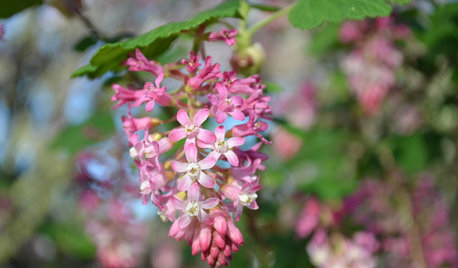...I would like all of you to consider just putting down Nitrogen, with NO phosphorus, and NO potassium/potash. That means your fertilizer bag will look like 24-0-0, or 30-0-0, but the requirement is that there be a first number, followed by two zeroes. Nitrogen only. (Discussion down below).
My second choice, if X-0-0 is hard to find at your local fertilizer shop (it shouldn't be, but sometimes it is), would be to have only the middle number be a zero, and the third number to be quite small. 18-0-2, for instance. 14-0-1. A zero in the middle, and darn near a zero for the last digit.
There isn't much doubt that most soils, all over the country, have too much phosphorus in the soil. Let me correct that just a tad: there is sufficient phosphorus in the soil for a healthy lawn to grow, WITHOUT adding more. When too much phosphorus is there, it can simply run off, with rainwater runoff, and pollute our waterways, the streams, lakes, and rivers, nearby. Google 'waterways' and 'phosphorus', and you'll get a slew of articles. Google 'nitrogen only' or 'phosphorus free' and 'fertilizer', and you'll learn that some communities, even whole states (Minn.) have legislated that any lawn fertilizer applied must be phosphorus free. It's an attempt to deal with the fact that phosphorus will run off into waterways, and cause a bunch of problems (you can google that too, I won't list them all here).
Now potassium, also called potash, which is represented by the third number in your fertilizer. While it is true that 'potassium is needed', the problem is that, on lawns, potassium does not leave. It is persistant, it stays. It piles up, like leaves in autumn. It does not travel as easily as phosphorus, but it can travel, and if it's not going to be used by the plants on the lawn, it will stay in place, for the most part. And then here we come, the following autumn and spring, and we add more. We don't need to add more. But we do. We should not. When you google articles on 'potassium deficiency', you will find that the articles are discussing 'crops that leave the farm to be sold at market', NOT 'crops that are recycled back into the soil and don't go anywhere'.
Lawn care has changed, in the last 25 years. Almost everyone, today, recognizes that mulch-mowing, leaving those clippings on the lawn, is a better practice than bagging the clippings and hauling those clippings out of there. For lots of reasons. But that new style of lawn care means that almost nothing, but the nitrogen, actually leaves the lawn. In fact, a third of the nitrogen stays. A good percentage of nitrogen is oxidized (passed into the air), and goes away, because that's what healthy lawns do. But all the other stuff we're piling onto the lawn basically stays right there, where you put it. And in fact, it piles up.
Your lawn, I would bet, does not need phosphorus. Your lawn, I would bet, does not need potassium. Your lawn, when you add only nitrogen, will grow a fine grass, because the phosphorus needed by the plants is already there, and adding nitrogen-only will help use up some of that excess. Same with the potassium.
As always, a soil test will help with that determination. Most of us are not going to get a soil test this year. Because the lawn looks fine. But we've got at least one active thread this spring here in the forum asking about 'too much' potassium, and it can have some effects. Too much phosphorus is essentially everywhere, for those of us who apply synthetic fertilizers.
I'll agree in advance, if you're applying the grains as fertilizer, you're probably more in balance than the rest of us (not 'perfectly' but 'more') and other than a nitrogen-only application in the fall, probably no adjustment is needed. But if you're buying Scotts, or Lesco, or the other synthetic fertilizers, and then mulch mowing, you are far more likely to have too much than too little of the second and third numbers. You can cure that by adding nitrogen-only. I'm not saying 'do it forever' (even though the State of Minnesota is saying that), I'm simply pointing out that if you were growing watermelons, and hauled those watermelons away by the truckload, hey, your potassium just left, on the truck, with the watermelons. You might need to add more, next spring. If you were hauling away corn, or apples, same story: the required nutrients just left, on the truck, with the cash crop. But we don't do that. We mulch what we grow right back onto the top of the soil, and it is staying right there in the yard.
An application, this year, of nitrogen-only, will help to use up those other nutrients, so that those nutrients don't pile up. Plan on doing ONE application of nitrogen-only. After that, you can do what you normally do. One application of nitrogen-only. That's my request, and I hope you consider it.
And, as always (hey, I'm in the right place, eh?)
DISCUSS. .















madelein
bestlawn
Related Discussions
Which group of clematis will bloom with one time spring-bloomer?
Q
When and What to Feed for First Feeding in Spring?
Q
TWP and One Time stain...2 years later
Q
1st Time Composter with One-Years Product
Q
philes21Original Author
User